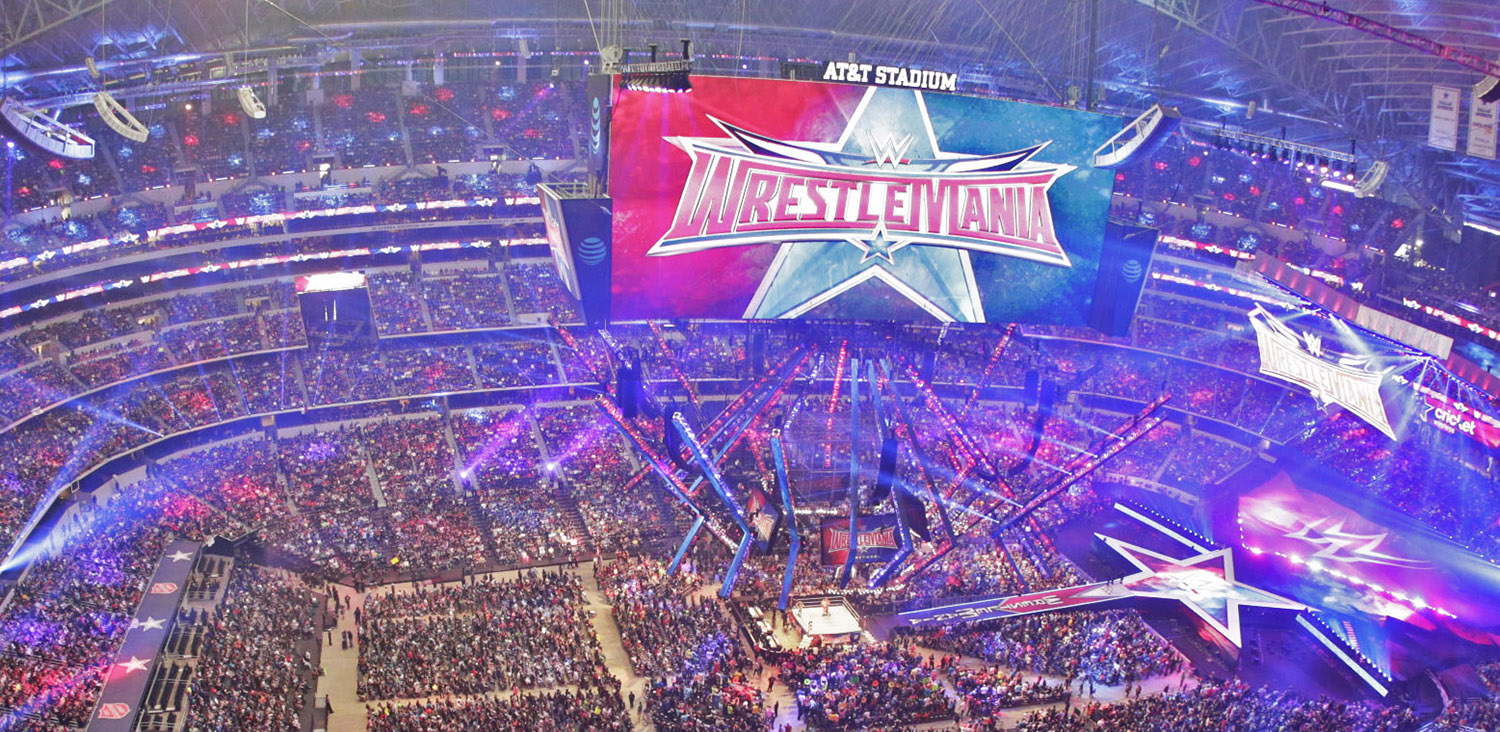Most wrestling fans have heard this one time or the other. “How can you watch it when you know it’s fake?”
It’s a statement that devalues simultaneously the audience and the medium.
It’s a statement that comes mainly from two types of people: non-viewers and lapsed ones. Non-viewers are baffled by why something like wrestling can be so popular for so long.
Lapsed viewers, on the other hand, often start off idolizing wrestling and its characters as kids. They wholeheartedly bought into the illusion that it was real. They felt betrayed when they found out it wasn’t.
I, for one, felt excited when I understood that wrestling is fake. How could it be anything else?
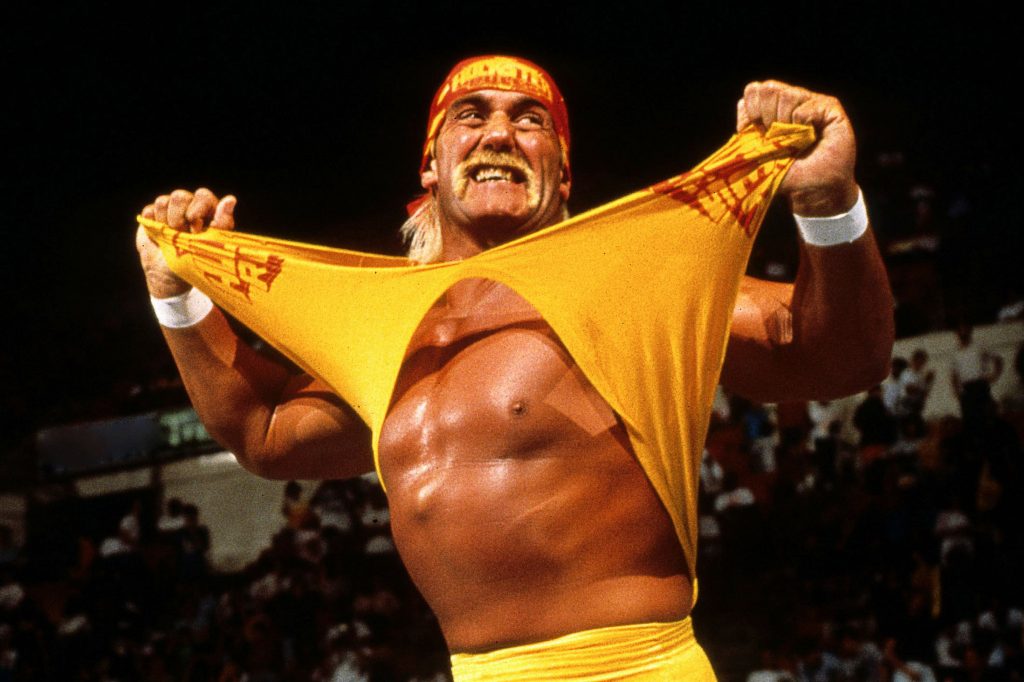
Many use the word ‘fake’ to question wrestling’s validity as a legitimate sport. Wrestling, however, never has been a true sport. Vince McMahon calls it sports entertainment. I think Max Landis makes a better assessment when he calls it one of the last true commercial bastions of performance art. Most of the unique appeals of wrestling only work so well because it’s ‘fake’.
Multi-Layered, Interactive Storytelling
In wrestling, the performers engage in multiple levels of storytelling, while interacting with the audience at the same time. It’s one of the few, if not only, creative mediums where this can happen.
The Art of Selling
What wrestlers do with a wrestling match is tell a story in front of a live audience. Instead of words, they use their bodies to tell it. The wrestlers have to throw punches and execute a wide variety of show-stealing moves. Not only that, they have to take these moves as well.
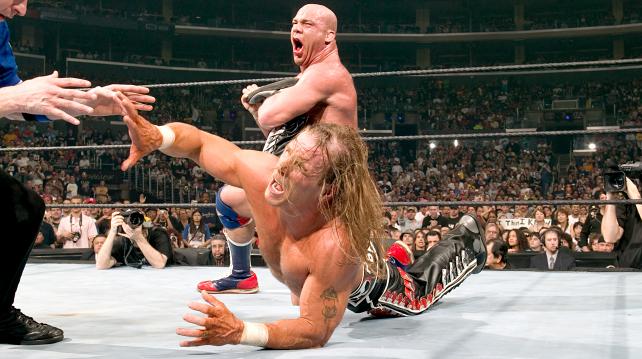
This is called selling, and It’s very, very difficult to pull off right. All-time greats like Shawn Michaels took selling to an art form. Each expression of anguish, every jolt of pain that staggered his body played its part in telling the match’s story.
Selling is related to the overall match-related story aspect that is often referred to as in-ring psychology. The idea is to use certain moves to elicit certain reactions from the crowd.
This builds match momentum. Purists like Bret Hart are big believers of in-ring psychology as being one of, if not the, most important aspects of wrestling.
Engaging the Audience
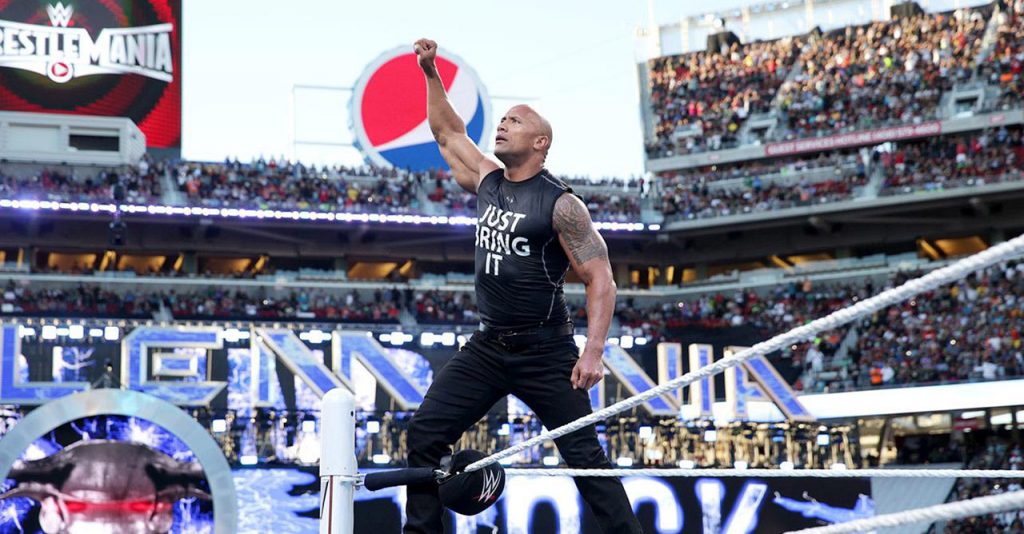
Just as important as psychology, if not more, is captivating the crowd. Performers can approach this in different ways.
Some, like Jeff Hardy, use death-defying high flying moves to capture the crowd’s imagination. Others, like the Rock, use their sheer charisma and energy to keep the audience on its toes.
Then there’s the unlikely hero Daniel Bryan. Bryan used his real life status as an underdog and unique understanding of match momentum to build a deep connection with the fans. Strong fan support is often instrumental in catapulting wrestlers to the top of the mountain. This was the case with Bryan, Jeff Hardy, the Rock and many others.
The Power of the Mic
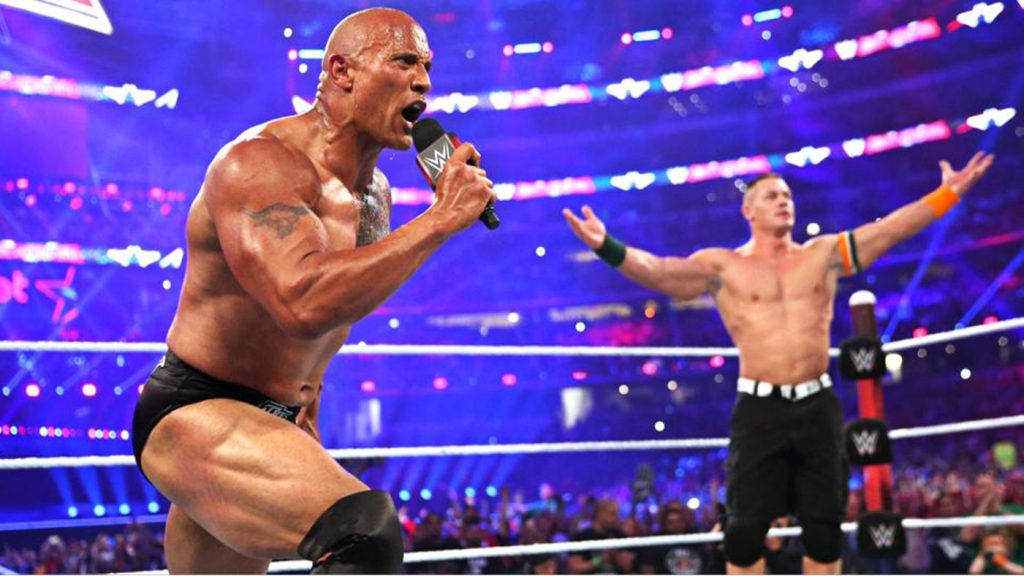
Strong mic skills are why, for a brief period in 2011, wrestling suddenly became cool to watch again.
In a stroke of inspiration fueled by real life drama, CM Punk cut loose a blistering ‘pipebomb’ on live television. He talked about being victimized by backstage politics in an intense, refreshingly honest way.
He went on to have incredible rivalries throughout the rest of the summer, using his incredible mic skills and real life resentment to create compelling stories through his work.
Blending Reality and Fantasy
To be fair, wrestling pulled a dick move for the majority of its existence by claiming to be real. This illusion of reality, called kayfabe, was serious business, especially in the seventies and eighties. Wrestlers had to remain in character all the time.
Investigative reporters often tried to expose wrestling as fake. The subsequent rebuttals from wrestlers often caused hilarious (and painful) results that often ended in lawsuits.
With the advent of the Internet, however, it became more and more difficult to maintain kayfabe. In the mid 90s, Vince McMahon came out and said outright that wrestling was ‘sports entertainment’. Since then, wrestling has blended reality in its storylines in an uncanny way that you won’t see in any other medium.
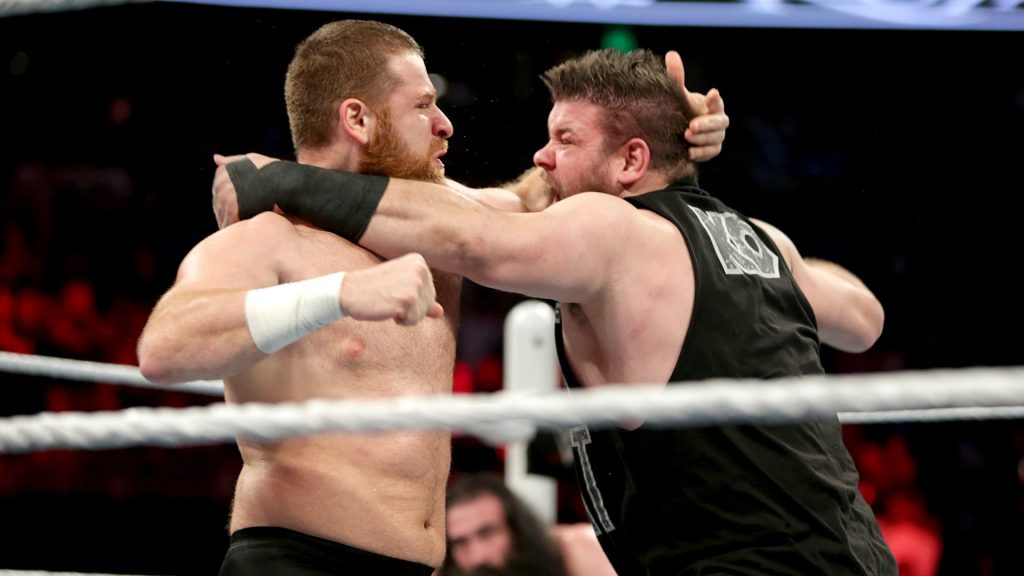
This lead to storylines which used real life relationship drama to create rivalries between boyfriends and exes. Many best of friends have come to blows and become bitter enemies. These stories don’t always pan out. When they do, however, they are as compelling as any episode of Game of Thrones.
People Power
In recent years, many of the hardcore fans have become more savvy. Their relationship with the medium has evolved as well. If they are bored or angry with a performer or a storyline, they aren’t afraid to let their displeasure show on live TV.
Often fans get behind performers who they feel deserve the spotlight but haven’t had much chance to prove themselves. They create heroes and underdogs of their own, and even their own villains, regardless of what the actual story is telling them.
Sometimes, wrestling promotions listen to such support and create emotional, spellbinding stories. This was the case with Daniel Bryan’s triumph against all odds. Bryan’s story reached its crescendo with a 75,000-strong audience on its feet, chanting ‘YES’ to show support for him.
Larger than Life Characters
The roster of a wrestling show often has a wide variety of characters. The way they function together is very similar to how a large cast of a TV show works.
Some characters, like John Cena, Kurt Angle or Chris Jericho, are relatively down to earth (though all egotistical in their own ways). They are believable as professional athletes vying to compete against each other and prove themselves.
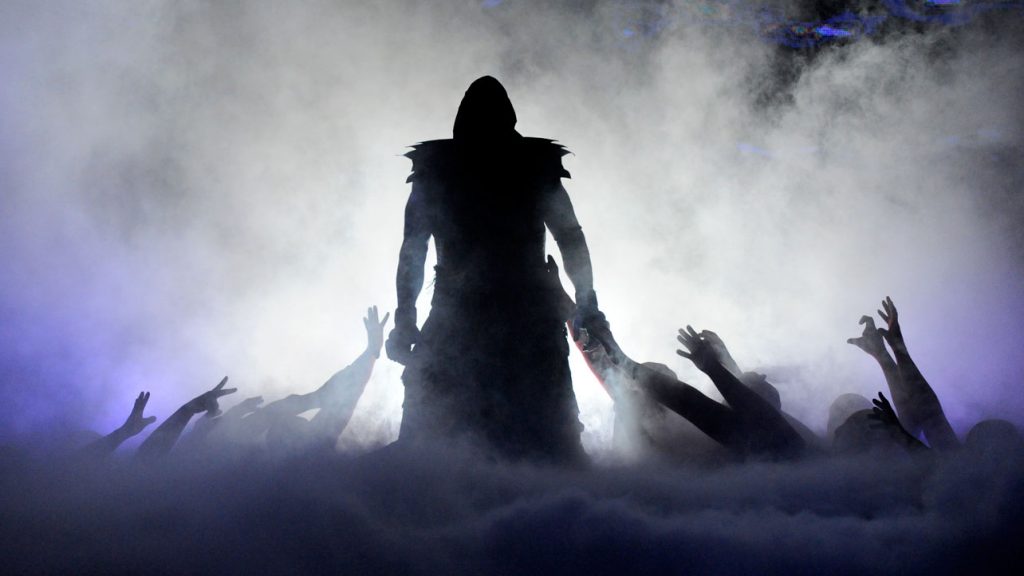
However, take the Undertaker, for instance. He is literally a supernatural entity with an army of druids (and an occasional penchant for cults). Characters like him are so fantastical it’s funny how anyone would believe wrestling was real in the first place.
Just goes to show how impressionable we were as kids, right?
Incredibly, all of these characters occupy the same space on television, and they all work when handled right. This is because viewers buy into a thing called the suspension of disbelief. It’s the same thing you buy into when reading or viewing superheroes going about doing their stuff.
How Wrestlers Are Like Superheroes
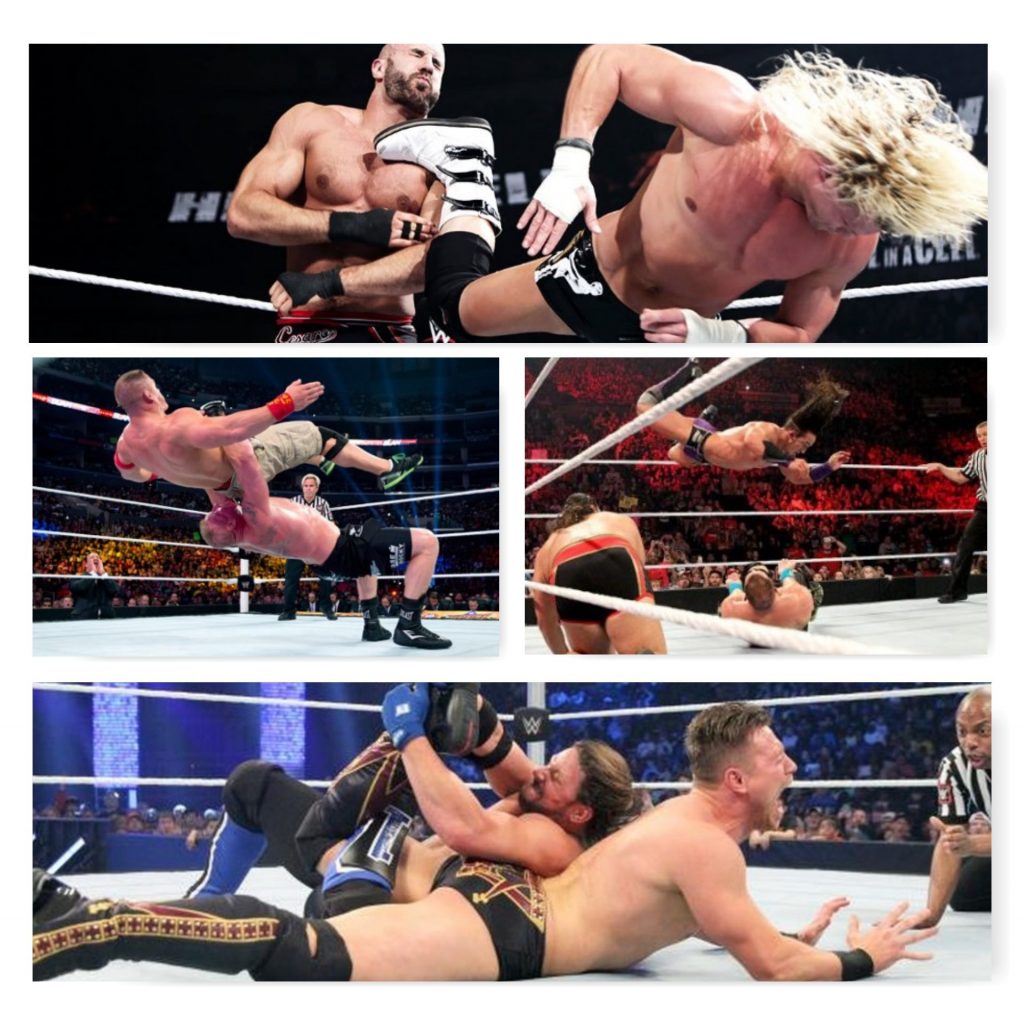
Unlike in other mediums, performers in wrestling also have to integrate their characters into their actual move sets. This means that a cocky show-off like Dolph Ziggler often does moves that express arrogance, ease and confidence. A high flying daredevil like Neville leaps off the turnbuckle to pull off shocking aerial moves. A powerful beast like Brock Lesnar manhandles his opponents and throws them across the ring like ragdolls.
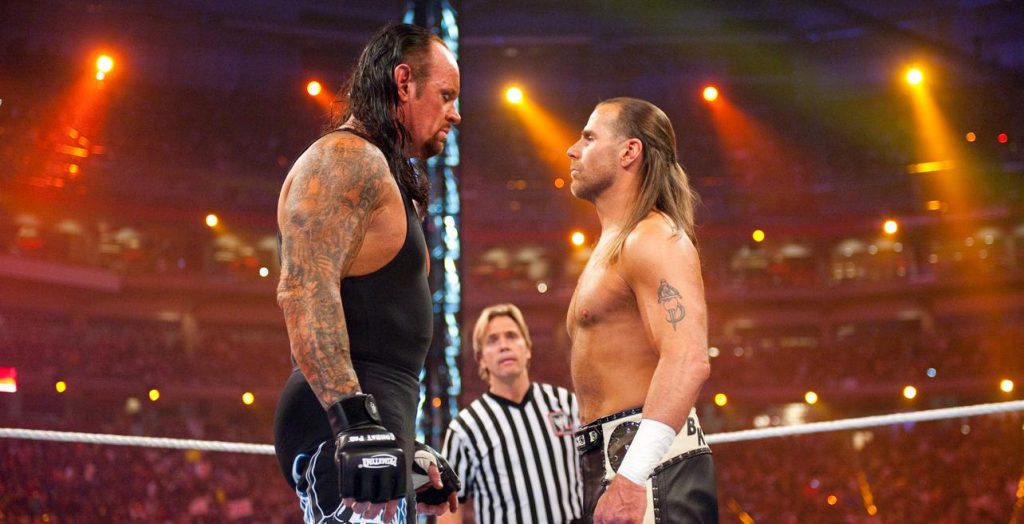
Much like in superhero comics, wrestling fans also get to see all kinds of interesting matchups. It’s partly what made the Undertaker’s Wrestlemania streak so captivating to watch year after year. We were all eager to see who would step up next to have a shot at the veteran’s impressive legacy. Would the latest challanger actually manage to end it?
This anticipation culminated in a shocking moment when Brock Lesnar ended the streak after 21 long years.
These Characters Are Portrayed by Very Real People
The amount of dedication and effort one has to put to be a career wrestler is astounding. These men and women are on the road for over 300 days a year, putting in performances all around the world. They get used to leading lives mostly away from their families. They put their bodies in the line for the sake of the craft and the audience.
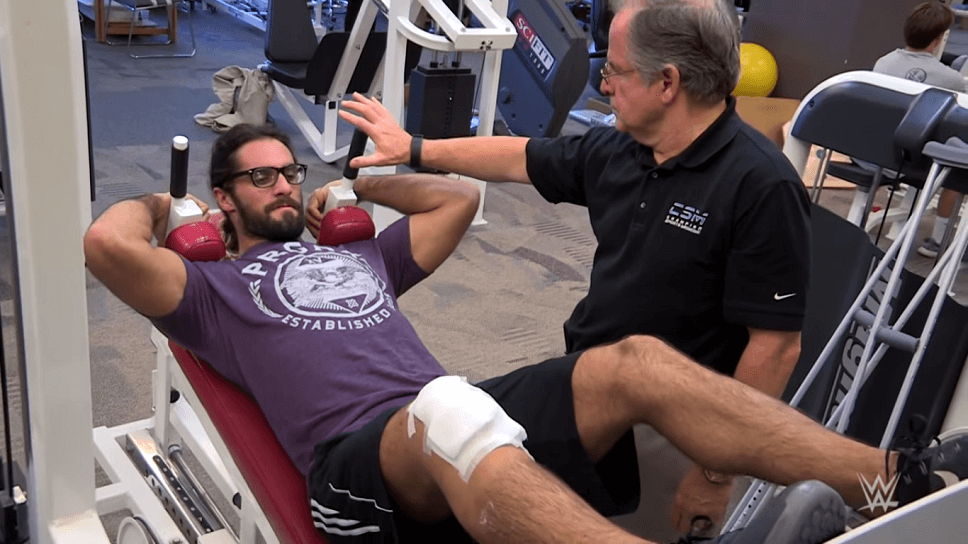
If you think pretend fighting isn’t as dangerous as a legit contact sport like MMA, think again. Legendary MMA fighter Ken Shamrock, who later had a career in WWE, went on record saying that pro wrestling is more demanding on the body than UFC.
You have to look beyond WWE to understand that the vast majority of wrestlers don’t make it big-time. Many of them don’t even make it to television, making their living for pennies on the dollar.
Following a pro-wrestler through the years is a journey like no other. You get to see them rise up through the various independent promotions before getting to the WWE. Very few achieve real success there. Even then, no one really knows how it will go.
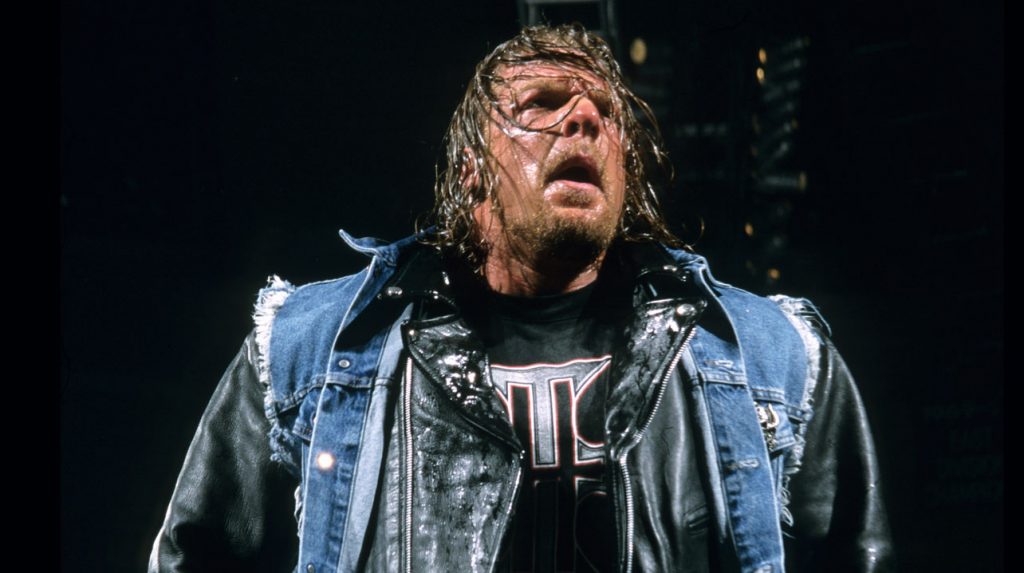
When Triple H was injured in 2001, he was one of the most hated heels (a villain) in WWE. When he returned months later, he received a standing ovation from the crowd. The fans were moved by his dedication to his craft and determination to get back from his injury. This reaction was so positive that they had to change directions on the fly and turn him face (a hero).
The Rise and Fall of Daniel Bryan
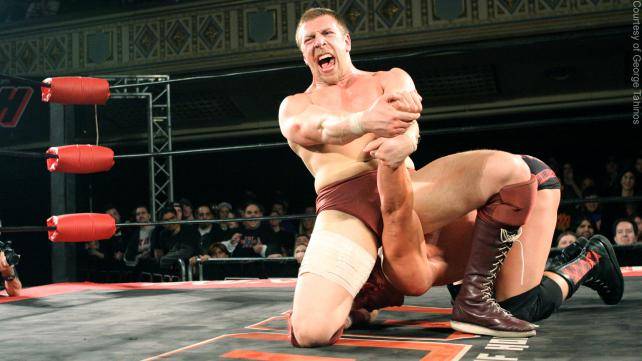
I keep coming back to the story of Daniel Bryan. It’s a story of not only the underdog, but also the resolute hard worker.
In his 17- year wrestling career, this scrawny-ass, unassuming guy traveled all across the globe. He wrestled in multiple companies and won several accolades.
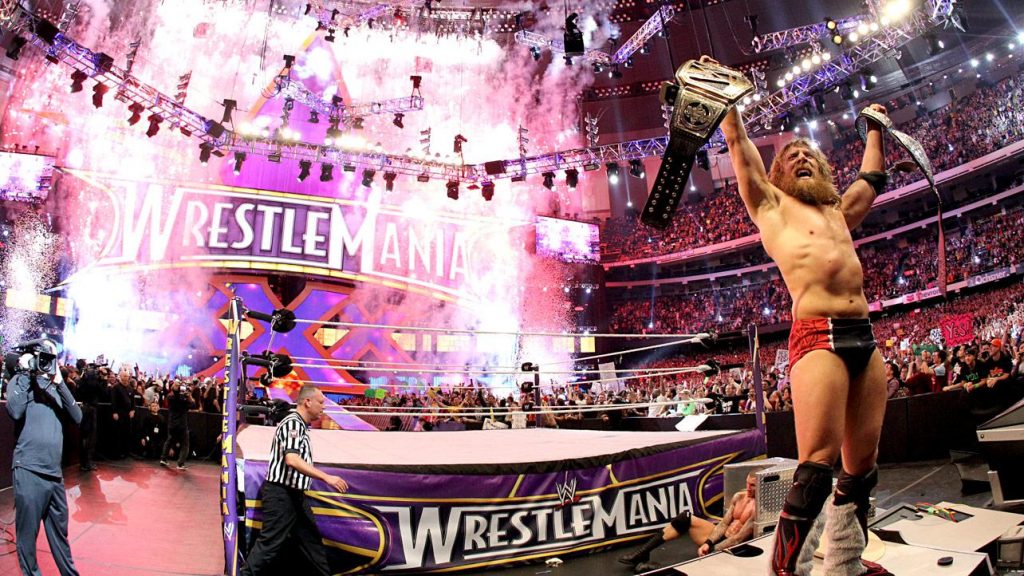
I keep coming back to the story of Daniel Bryan. It’s a story of not only the underdog, but also the resolute hard worker.
In his 17- year wrestling career, this scrawny-ass, unassuming guy traveled all across the globe. He wrestled in multiple companies and won several accolades.
In addition to his incredible connection with the fans, Daniel Bryan had an intense work ethic. His technical mastery was reminiscent of greats like Kurt Angle and Bret Hart. When he wrestled, you couldn’t help but believe he was one of the best wrestlers in the world.
In 2014, Daniel Bryan beat three of the best wrestlers in WWE to win the world title at Wrestlemania XXX. Daniel Bryan was on top of the world.
Tragedy Strikes
Nobody really knew what lay in his future, though, not even Bryan. He soon succumbed to a series of injuries. Although he fought back to recovery, he eventually had to give in and go into retirement.
It was a gut punch to the fans. Imagine what it must have felt like for Bryan. He climbed, slowly, painstakingly to the top. He went from wrestling in parking lots to arenas with tens of thousands in attendance. Just as he was ready to cement his legacy, it was all taken away from him.
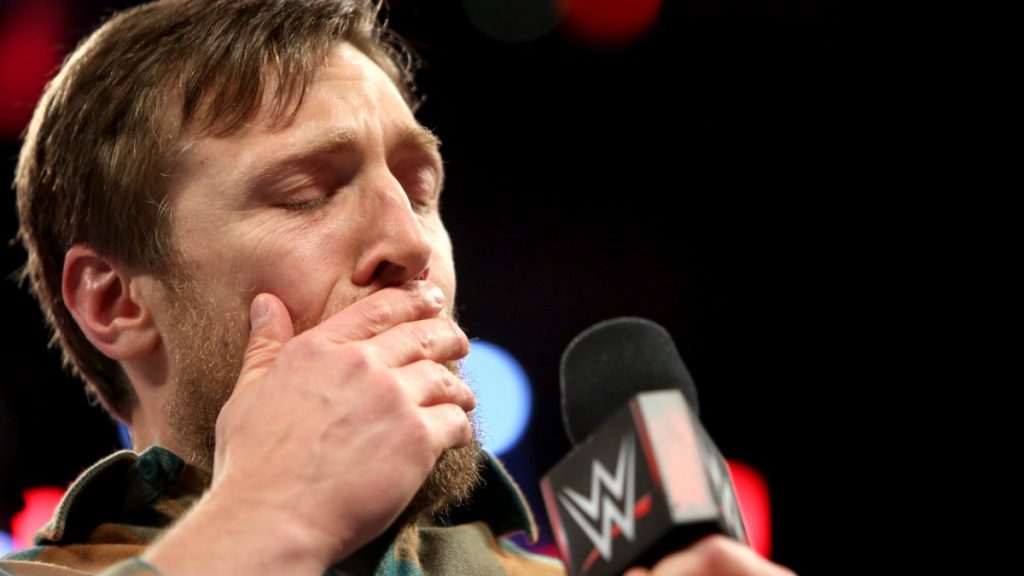
In an emotional farewell speech, Bryan talked all about how much he loved wrestling, how he gave it his all and how much it has cost him. But all he felt that day was gratitude for getting to do what he loved. He felt grateful that he could have his father, who died shortly afterwards, in the audience on the night of his greatest triumph.
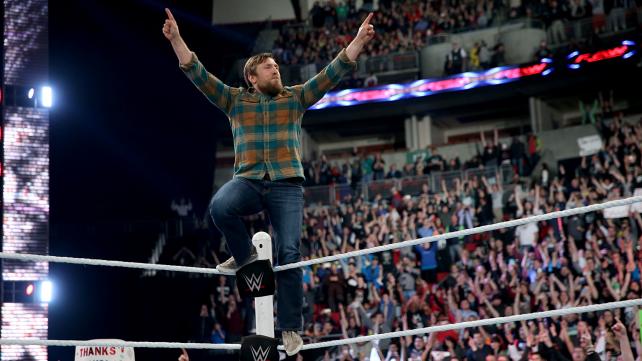
He felt grateful that he got to meet the woman he loved through wrestling. Now that it was all over, he could settle down to have a family with her.
From the Ashes
You would think Bryan’s story is over at this point, but it isn’t. He returned several months later to a thunderous ovation. He didn’t return as a competitor, but as the new general manager of the revamped Smackdown show. It was difficult for him to be so close to something he loved doing. However, he wanted to use this opportunity to shine the spotlight on underdogs like him.
Daniel Bryan’s story still continues every Tuesday night on Smackdown, but I will leave it at this point for the time being.
Daniel Bryan’s story is heartbreaking. It’s empowering. It’s unlike anything else you see in wrestling.
Daniel Bryan’s story is also something you couldn’t have anywhere else but in wrestling.
(2018 Update: Daniel Bryan has made a miraculous comeback from injury and produces A grade performances every week on Smackdown Live. Talk about a true Cinderella story!)
Believable, Not Realistic
The fake argument ignores a very important aspect of pro wrestling. Those who watch wrestling don’t do it because it’s realistic, but because it’s believable. A perfect storm of various ingredients, many of which I discussed throughout this post, reinforces that believability.
Wrestling isn’t without its fair share of problems. A lot of the soap opera-ish drama is low-brow entertainment, and it has a poor track record when it comes to handling sensitive matters such as sexism, misogyny and racism, to name a few. Promoters and creatives squander countless opportunities. Backstage politics and personal vendettas have held back more than a few promising careers.
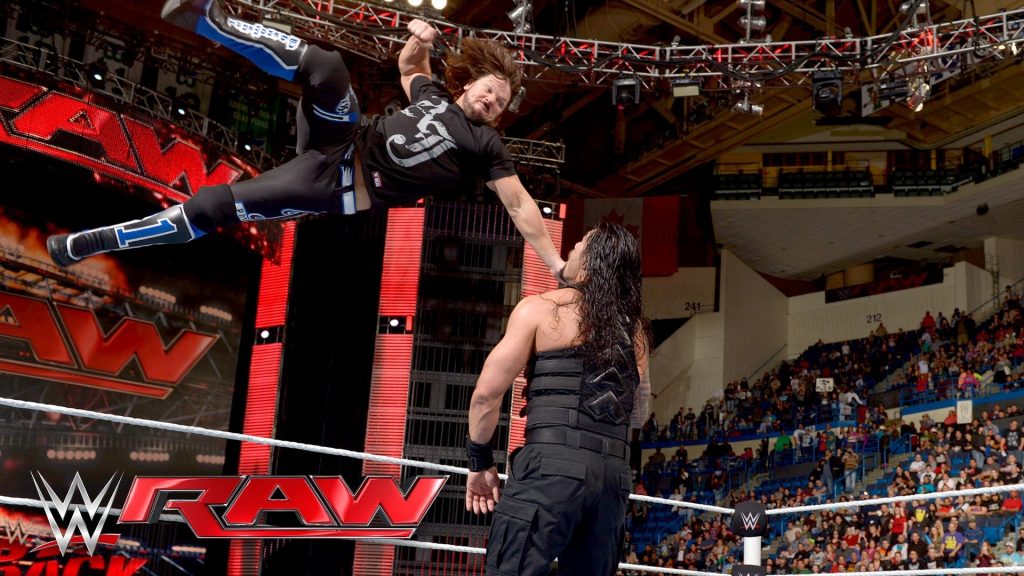
Despite all this, millions of viewers tune into Monday Night Raw every week. Despite declining ratings, it’s the oldest weekly show on television today.
When wrestling is bad, it’s horrible. But when it’s good, it’s entertainment at its finest.

